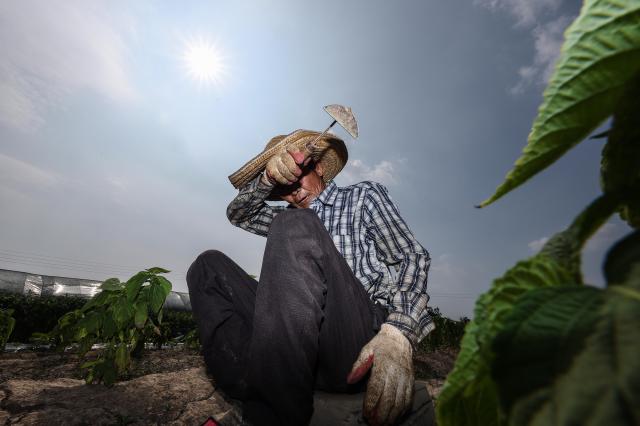
SEOUL, July 09 (AJP) - South Korea’s electricity demand surged to its highest level in three years this week, as an unusually early and intense heat wave swept across the country.
National power consumption reached 93.4 gigawatts on Monday, surpassing the previous July record of 92.99 GW set in 2022. By Tuesday evening, the load climbed further to 95.7 GW, pushing electricity reserves below the critical 10 percent threshold for the first time this summer, according to data from the Ministry of Trade, Industry and Energy.
The spike came nearly two weeks earlier than the typical peak in summer energy use.
In response, the government activated a broad emergency management system.
Deputy Industry Minister Lee Ho-hyun on Tuesday visited Daejeon to inspect key infrastructure. The emergency operations include real-time surveillance of critical generation plants and transmission lines to quickly detect and respond to potential disruptions.
In tandem with infrastructure monitoring, authorities have intensified support for low-income and at-risk populations. Beginning July 1, the government began distributing enhanced energy vouchers — up to 701,300 won (about $540) — to more than 1.3 million households. Eligible recipients include older adults, people with disabilities, and families with infants.
Officials have also completed the early installation of air conditioning units in 18,000 low-income homes and 500 social welfare centers, and have dispatched teams to conduct door-to-door visits to educate recipients on how to effectively use cooling systems without fear of rising bills.
Additionally, an “energy cashback” program has been introduced, offering rebates of up to 100 won per kWh for households that reduce electricity use by at least 3 percent compared to their average consumption over the past two years. The incentive aims to curb demand during peak periods while helping households offset higher cooling costs.
Copyright ⓒ Aju Press All rights reserved.


View more comments